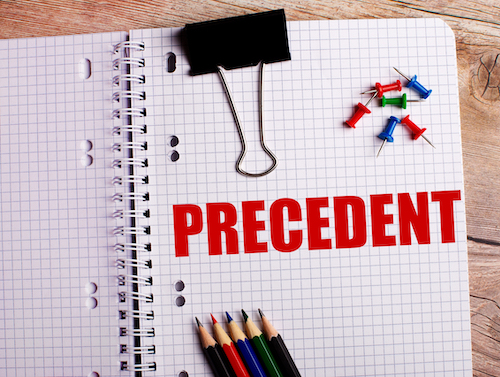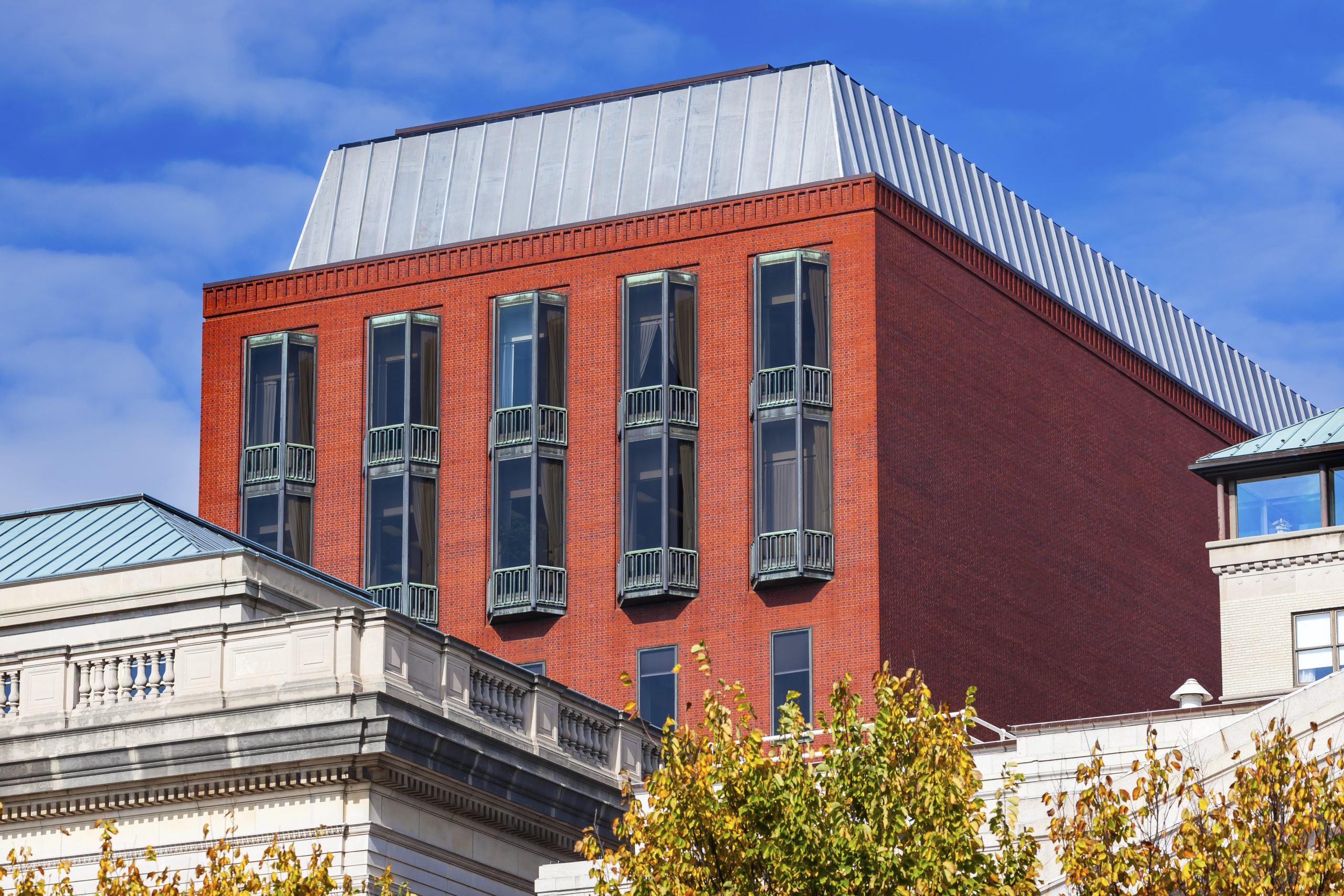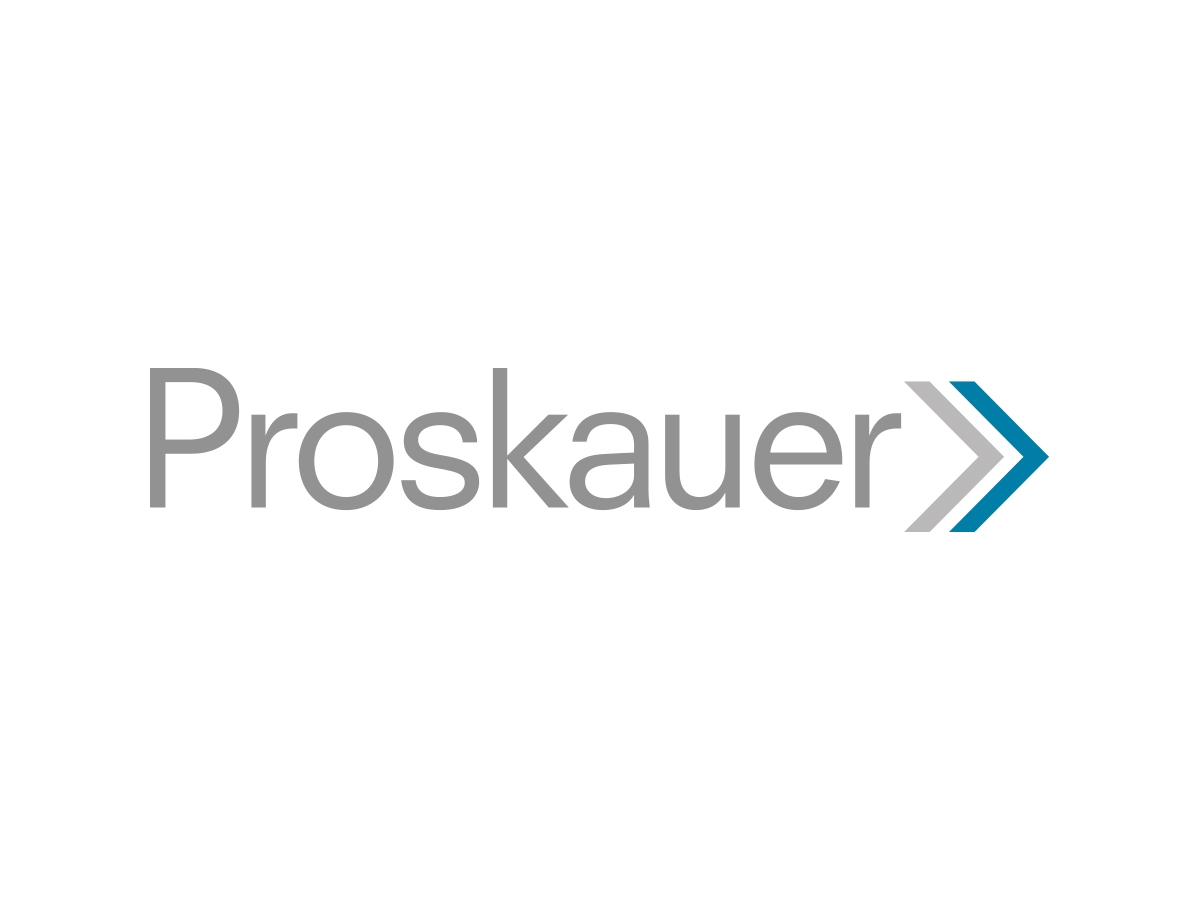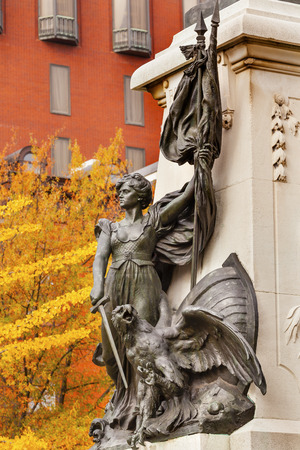Jury Instructions Must Address Each Objective Indicia of Nonobviousness Raised by Patent Owner
“[T]he industry praise proffered by Inline conveys information regarding the reaction of competitors and industry insiders, ‘potentially even before the introduction of that product to the market.’”
On March 27, the U.S. Court of Appeals for the Federal Circuit issued a precedential ruling in Inline Plastics Corp. v. Lacerta Group, LLC, on appeal from the District of Massachusetts. Judge Richard Taranto authored the opinion and held that an improper jury instruction given at trial by the district court required vacatur of the court’s final judgment that Inline’s patent claims were invalid for obviousness. The Federal Circuit remanded that portion of the case for a new trial so that the jury can properly consider each objective indicia of nonobviousness raised by Inline at trial.
Inline Plastics first filed its patent infringement suit against Lacerta Group in August 2018, asserting claims from a series of five patents covering tamper-resistant plastic containers and methods of making them. While the district court entered an infringement ruling on summary judgment in favor of Inline regarding a subset of asserted claims, a 13-day jury trial rendered a general verdict finding no remaining claims to be infringed and invalidating all asserted patent claims, including those that the district court had held to be infringed by Lacerta on summary judgment. U.S. District Judge Timothy Hillman denied post-trial motions filed by Inline Plastics for both judgment as a matter of law (JMOL) and a new trial on both invalidity and infringement.
Failure to Include Industry Praise in Jury Instructions Was Prejudicial Legal Error
The Federal Circuit affirmed Judge Hillman’s denial of Inline’s post-trial motion on invalidity, ruling that Inline made no substantial argument based on the record that a reasonable jury could not have given little weight to Inline’s objective indicia evidence in the face of Lacerta’s prima facie evidence of obviousness. While prior art references asserted by Lacerta were considered by the U.S. Patent and Trademark Office during examination of Inline’s patent claims, Inline did not properly elaborate on how the previously considered references taught away from its patent claims. Expert testimony proffered by Lacerta supported the motivation to combine prior art references, and Lacerta’s expert was not required to rebut the objective-indicia evidence raised at trial by Inline for the jury to properly find obviousness.
However, the Federal Circuit vacated the district court’s final judgment due to an erroneous jury instruction on obviousness. This jury instruction only asked the jury to consider the secondary considerations of commercial success and long-felt need. As the Federal Circuit noted, this instruction failed to address Inline’s evidence of industry praise, another objective indicia of nonobviousness. Commercial success and long-felt need require a jury to consider long-term market reactions to Inline’s invention, but the industry praise proffered by Inline conveys information regarding the reaction of competitors and industry insiders, “potentially even before the introduction of that product to the market.” The erroneous jury instruction constituted prejudicial legal error requiring remand by the Federal Circuit.
On Remand, District Court to Consider Whether to Limit Lacerta’s Expert Testimony
While the Federal Circuit did not reach Inline’s other arguments for a new trial, the appellate court briefly noted the seriousness of Inline’s challenge to portions of testimony from Lacerta’s expert witness. At trial, the district court ruled on motions in limine that allowed Lacerta’s expert witness to testify on the ultimate question of obviousness, but prevented the expert witness from testifying on Inline’s objective indicia evidence because the expert’s pre-trial report was silent on that subject.
Citing to its 2014 ruling in InTouch Technologies v. VGo Communications, the Federal Circuit noted that expert witnesses are required to consider all factors relevant to obviousness if those witnesses are going to testify on the ultimate question of validity. On remand, the Massachusetts district court is ordered to consider whether Lacerta’s expert witness should be limited to testifying only on the Graham factors adequately disclosed in the expert report.
Moving to the infringement issues, the Federal Circuit affirmed the district court’s denial for a new trial over both of Inline’s arguments on appeal. Inline argued that the court’s construction of various claim terms, including “relatively inaccessible” and “hinders access,” allowed the jury to conclude that the outwardly extending flange on Lacerta’s accused products was required to be 100% inaccessible to infringe the asserted claims. Nixing this argument, the Federal Circuit found that the constructions fit the claim terms’ ordinary meaning, and the jury was properly instructed that the constructions “do[] not mean that access [to the cover portion and flange] is impossible.” The Federal Circuit also found no reversible error in the district court allowing Lacerta to introduce evidence of its own patents on the issues of willfulness and damages, which Inline contended had adversely affected the jury’s infringement verdict.
Lacerta raised a cross-appeal regarding the district court’s decisions to both dismiss without prejudice patent claims withdrawn by Inline on the second-last day of trial, and deny Lacerta’s motion for attorney fees under 35 U.S.C. § 285. Both issues were remanded to the district court with orders to consider whether Inline’s late withdrawal should result in a dismissal with prejudice, and whether Inline’s infringement suit meets the exceptional case threshold in Section 285 once the case reaches an appropriately final stage.
Image Source: Deposit Photos
Author: len_dig@mail.ru
Image ID: 417844404
Steve Brachmann
Steve Brachmann is a graduate of the University at Buffalo School of Law, having earned his Juris Doctor in May 2022 and served as the President of the Intellectual Property […see more]







